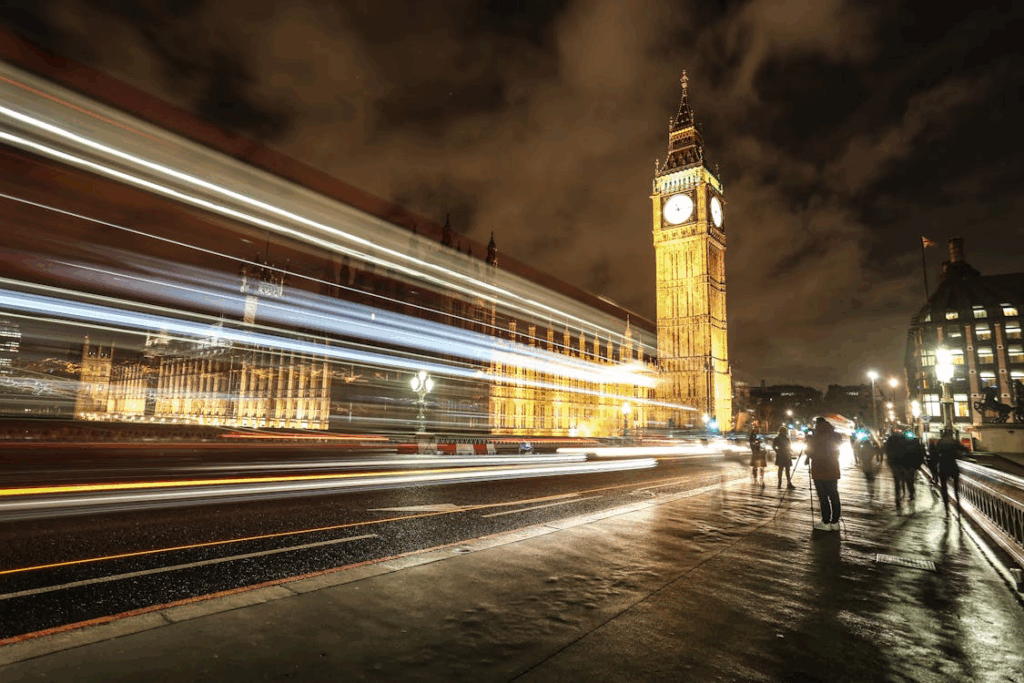You meet someone new, and within seconds, your brain has already decided what it thinks of them. These lightning-fast judgments happen before a single word is spoken, and once formed, they’re surprisingly hard to change.
Trustworthy or not, friendly or cold, competent or uncertain, the psychology of first impressions reveals how our brains use shortcuts to evaluate others, and why those split-second assessments can be both valuable and misleading.
The Speed of Snap Judgments
Research shows that we form first impressions in as little as 100 milliseconds—about the time it takes to blink. During that instant, the amygdala and prefrontal cortex work together to process facial cues, posture, and tone of voice.
This instinctive reaction comes from an evolutionary need to assess safety quickly. Our ancestors relied on rapid judgments to determine who might pose a threat or offer help. Even today, these primal mechanisms influence our interactions far more than we realize.
Facial features, in particular, play a strong role. Studies from Princeton University found that people consistently judge warmth and competence from faces, often within one-tenth of a second. Though these judgments are usually inaccurate, they heavily influence hiring decisions, dating choices, and even elections.
Read The Subtle Science of Why Compliments Matter So Much for social cues that fast-track warmth.
The Bias Behind First Impressions
Because first impressions rely on quick, intuitive processing, they’re shaped by cognitive biases. These are mental shortcuts that simplify complex information. The halo effect, for example, causes us to assume that a person who seems confident or attractive must also be intelligent or kind.
Another bias, the confirmation effect, makes us notice behaviors that reinforce our initial impression while ignoring evidence that contradicts it. That’s why first impressions “stick.” Our brains filter new information through the lens of that early judgment.
Even small details like clothing color, tone of voice, or handshake strength can sway perception. These cues tap into subconscious associations about status, trust, and approachability that we absorb from culture and experience.
Explore Why You Always Think You’re Right (and So Does Everyone Else) to understand confirmation bias.
How First Impressions Form in the Brain
When you meet someone new, the fusiform gyrus (which processes facial recognition) and amygdala (which evaluates emotional cues) activate almost simultaneously. The amygdala scans for signs of threat or friendliness, while the orbitofrontal cortex integrates this emotional data with context, such as environment or body language.
This rapid neural choreography produces an intuitive “gut feeling” long before rational analysis kicks in. Once that emotional snapshot is formed, the hippocampus stores it as part of the person’s memory profile. Each subsequent interaction either reinforces or slightly modifies that mental file, but it rarely erases it.
Can First Impressions Be Changed?
They can—but it takes effort. Psychologists say altering a first impression requires repeated, disconfirming experiences strong enough to override the initial bias. For instance, if someone first strikes you as aloof but later proves warm and reliable, your brain gradually rewrites its emotional tag for that person.
The key is consistency over time. Because our brains value predictability, steady positive behavior can slowly rebuild trust or reshape perception. However, a single adverse event tends to outweigh multiple positive ones. This is an effect known as negativity bias.
In professional and social settings, awareness of these biases can help us stay open-minded and extend grace beyond first appearances.
See How Your Brain Fills In the Blanks When You See Optical Illusions to compare predictive perception.
Making and Managing Better Impressions
While you can’t control every perception, you can influence how others interpret your cues. Research-backed strategies include:
- Make eye contact. It signals honesty and engagement.
- Smile genuinely. Genuine smiles activate mirror neurons in others, triggering warmth.
- Adopt open posture. Crossing arms or avoiding gaze can signal defensiveness.
- Be present. Focused attention communicates respect and confidence.
Equally important is authenticity. Overly rehearsed or exaggerated behavior can backfire, activating suspicion instead of trust. People intuitively sense incongruence between words and body language.
Don’t miss What Happens in the Brain When You Fall in Love for more on brain function.
The Lasting Power of Firsts
First impressions matter because they create mental templates that guide future interactions. While they can be reshaped, the easiest way to manage them is to form them consciously, both in how we present ourselves and how we perceive others.
Understanding the psychology behind these split-second judgments doesn’t just make us more persuasive. It makes us more empathetic. After all, everyone is more than the first moment you meet them.




